25+ Best Graffiti Fonts
Many designers use graffiti-style art, patterns, backgrounds, and fonts to add bold and creative looks to the designs. If you’re a fan of graffiti-style typography, this is a fantastic collection, with various styles of letter designs from bubble graffiti fonts to graffiti tag fonts and more.

Street Hipster Font
Street Hipster is a typeface designed to emulate the style of street graffiti and is intended to give a hip, urban vibe to any design project it is us...
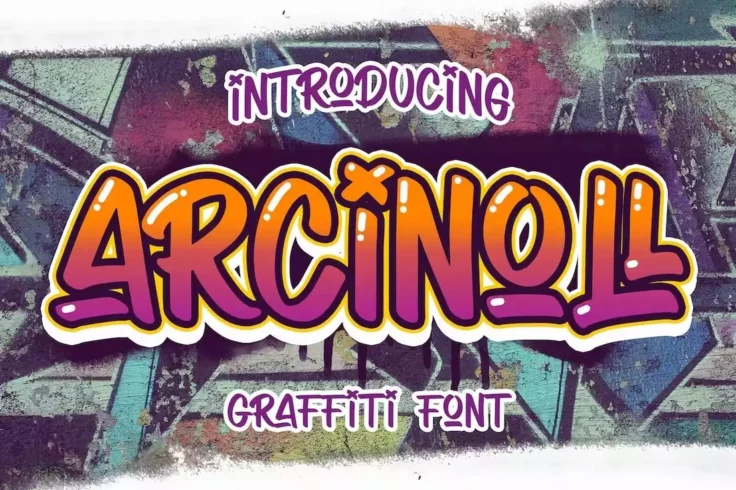
Arcinoll Font
Arcinoll is one of the trendiest graffiti fonts out there! This font can give a unique and playful look to all kinds of graphic designs like posters, ...
Learn About Graffiti Fonts
5 Tips for Designing with Graffiti Fonts
Creative ideas for working with the graffiti style.
How Do I Add Fonts to Photoshop?
Learn how to add fonts and start working with them quickly.
What Is a Font License?
Learn the ins and outs of what type of font license you need for your project.
Where Can I Find Free Fonts?
Our pick of the greatest free sources for typefaces online.

Luser Graffiti Font
Luser is a bold, edgy font featuring a bubble graffiti style that gives it an extremely playful, cute, and adorable look that’s perfect for kids...

Don Graffiti Font
Don Graffiti is an eye-catching and bold display font featuring a unique style that combines traditional graffiti lettering with a modern, urban feel....
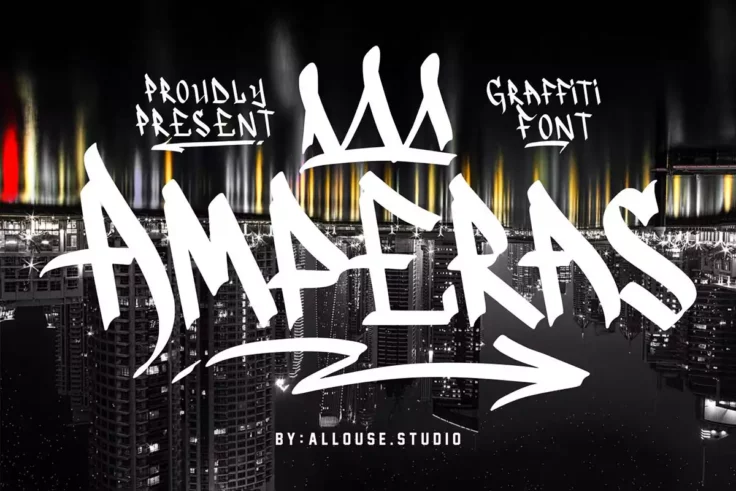
Amperas Graffiti Font
Amperas is a typeface designed to give a street art, and graffiti feel to any text or design. The font features a bold and stylized design with sharp ...
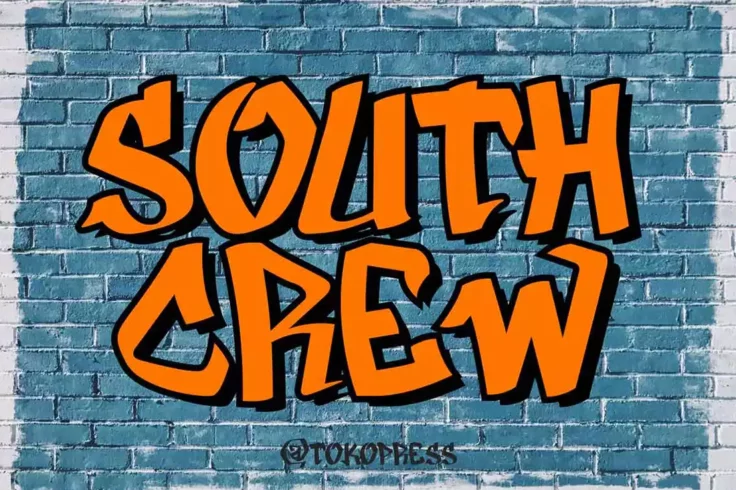
South Crew Font
South Crew is a modern and stylish graffiti font perfect for a wide range of design projects, including hip-hop music album covers, sports magazines, ...
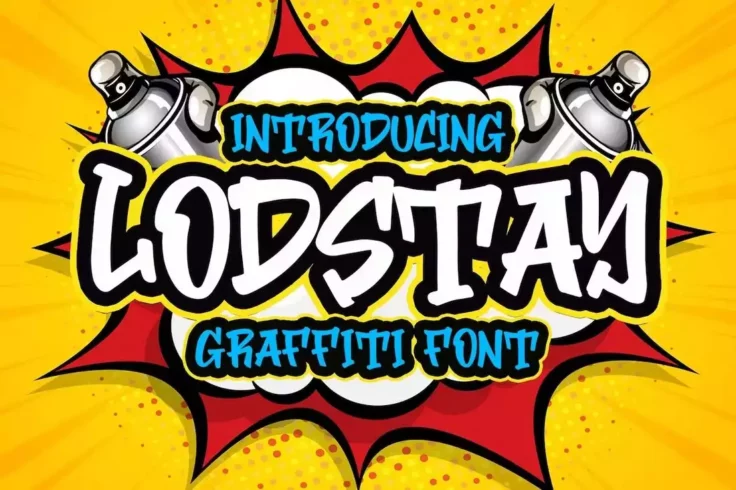
Lodstay Font
Featuring thick borders and curved lines, Lodstay is an edgy, urban graffiti font that can be used for a wide range of designs, from posters and flyer...

BOZART 3D Font
Bozart is the perfect typeface for adding a bold, edgy touch to your designs. It features a unique, hand-drawn style that exudes an urban, street-styl...

Kelsi Font
Kelsi is an elegant, modern font from Fontesk. It has a classic, timeless look that can be used for a variety of purposes. This font has many unique f...
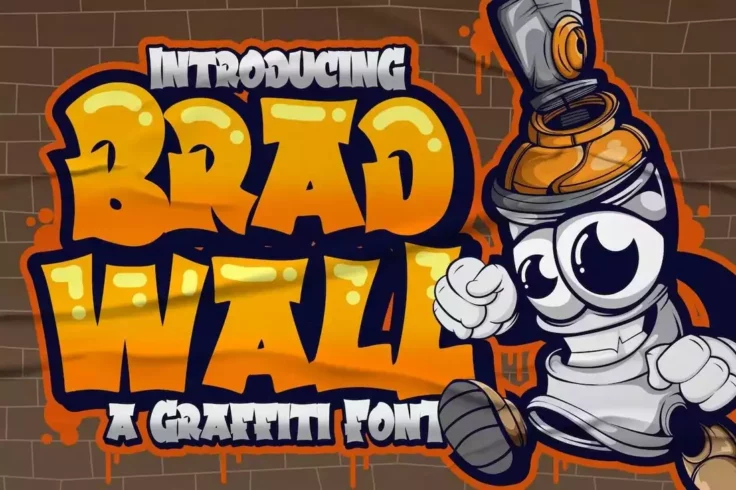
Bradwall Bubble Font
An excellent addition to any designer’s collection, Bradwall is specially designed to give a touch of street art to your designs, making them lo...

MostWanted Font
MostWanted is an amazing font designed to give a graffiti-inspired look and feel to your text. The font is full of personality and attitude, making it...

Gemstone Font
Gemstone is a fun and playful font that is perfect for children-related projects. Its casual and cartoon-like letter design makes it great for creatin...

Districtside Bold Font
Districtside is a unique and eye-catching graffiti font that is perfect for tagging or making a bold statement. The font is characterized by its rough...
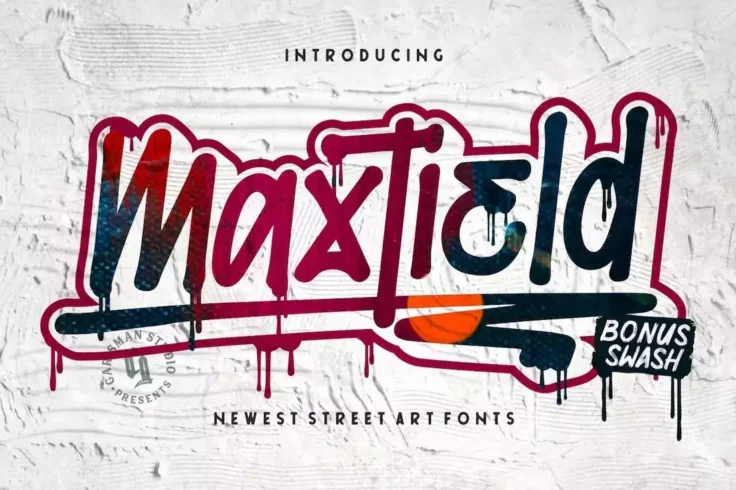
Maxtield Drip Font
Maxtield is a graffiti font that features a bold and edgy style with a mix of curved and sharp lines, making it perfect for creating eye-catching head...

Warheks Font
Warheks is a bold and unique font designed for use in headlines, posters, and other display purposes. The font features a graffiti-inspired style, wit...
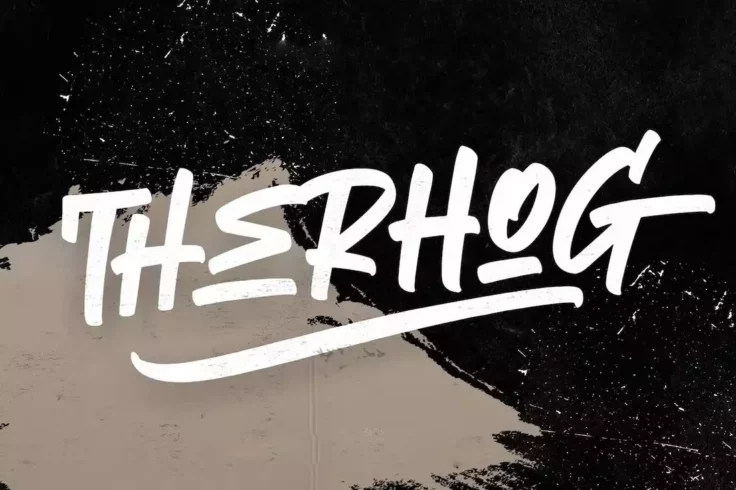
Therhog Font
Therhog is a graffiti brush font that features a bold, rough, and gritty design. The font includes uppercase and lowercase letters, numbers, and punct...

NOSSIBLE Graffiti Font
Nossible is a unique typeface that offers a modern take on classic graffiti lettering. It has a rough, urban feel with letters designed to resemble th...
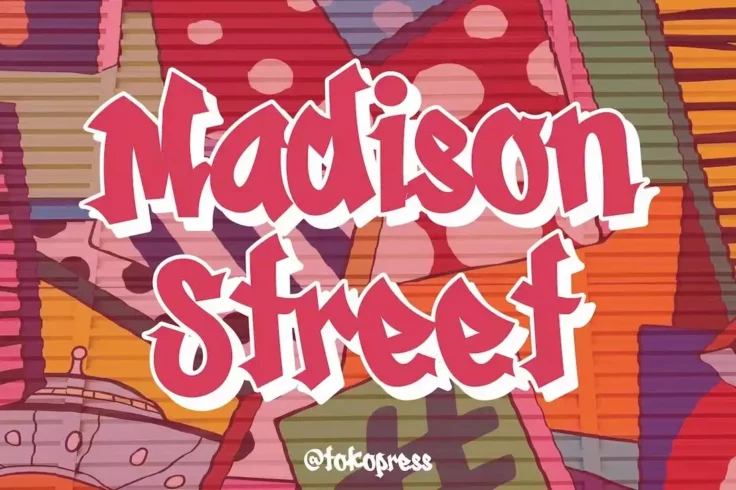
Madison Street Font
Madison Street is a unique font that combines the classic graffiti look with a modern aesthetic. This font is perfect for giving an edgy, urban vibe t...

Kliwon Street Style Font
Kliwon is a bold, urban, and street-style font that is perfect for any graffiti, street art, urban, or hip-hop-themed design projects. The font includ...

World Peace Font
World Peace is a unique and eye-catching font that is perfect for use in a variety of creative projects. The font features bold and blocky letters tha...

Streamzy Font
Streamzy is an exciting typeface that combines a classic graffiti style with a modern, sleek look. The font is perfect for projects that want to add a...

Shockwave Urban Font
Shockwave is a bold and edgy typeface that is perfect for creating eye-catching designs. The font features a unique, hand-drawn style that gives it a ...

BABAYARO Bold Graffiti Font
Babayaro is a unique and eye-catching font that is perfect for any urban or street-inspired design project. The font features a bold and rough style, ...

Wall Bomber Font
Wall Bomber is a bold and expressive typeface that combines the styles of traditional graffiti art and modern typography. This font is perfect for add...

MWD Graff Wildstyle Font
MWD Graff is a unique and creative font that is perfect for any graffiti-inspired design project. The font features a bold wildstyle design that is su...

Bombero Graffiti Font
Bombero is an eye-catching typeface that is perfect for any graffiti-influenced design project. The font is designed to give any design project a bold...
FAQs About Graffiti Fonts
What are Graffiti Fonts?
Graffiti fonts are typefaces that are inspired by or designed to emulate the styles seen in street art and graffiti. They often feature a creative, urban aesthetic, and can vary widely in design—from flowing, calligraphic styles reminiscent of hand-drawn graffiti, to bold and blocky styles that resemble stencil or spray-paint work.
These fonts capture the raw, unfiltered, and expressive essence of street art, and can be used to convey a sense of energy, rebellion, or modernity. However, due to their distinct and often complex designs, graffiti fonts may not be suitable for every application, particularly those requiring high legibility or a more formal tone.
Where are Graffiti Fonts Typically Used?
Graffiti fonts are often used in design contexts that aim to project a youthful, energetic, or urban vibe. They are popular in music and entertainment industry designs, such as album covers, concert posters, and promotional materials. These fonts are also commonly used in apparel design, skateboard and streetwear brands, and advertising campaigns targeting younger audiences.
Due to their highly stylized nature, graffiti fonts are usually not used for body text or any context requiring high legibility. Instead, they are more suited for headlines, logos, posters, and other design elements where they can add visual impact without compromising readability.
What is the History and Significance of Graffiti Fonts?
The origins of graffiti fonts lie in the street art and graffiti culture that blossomed in urban areas in the mid-to-late 20th century. This art form, often associated with youth and counterculture movements, brought a new, vibrant aesthetic to public spaces. As this style gained popularity and recognition, it began to influence other areas of design, including typography.
Today, graffiti fonts continue to carry the spirit of street art into the realm of digital design. They represent a form of expression that is unfiltered, energetic, and free from the constraints of traditional typography. This makes them a powerful tool for designers aiming to communicate a specific mood or message.
What Factors Should Be Considered When Using Graffiti Fonts?
When using graffiti fonts, it's important to consider the context and overall message of the design. These fonts can help communicate a modern, energetic, or rebellious vibe, but may not be suitable for more formal or traditional contexts. Due to their often complex designs, graffiti fonts are typically not the best choice for extended text or small print, where legibility may be compromised.
Furthermore, as graffiti fonts can vary significantly in style, the specific font choice can also greatly influence the design. It can be helpful to familiarize yourself with different graffiti styles—like tag, throw-up, and piece styles—to understand their distinct characteristics and cultural connotations.
Can Graffiti Fonts Be Paired with Other Types of Fonts?
Yes, graffiti fonts can effectively be paired with other types of fonts. For example, pairing a graffiti font with a simple sans-serif font can create an interesting contrast and help maintain legibility. The graffiti font could be used for headers or standout text, while the more understated font could be used for body text or secondary information.
When pairing fonts, remember to aim for balance. The fonts should complement each other without competing for attention. It's also crucial to ensure the pairing aligns with the overall design aesthetic and communicates the intended message effectively.